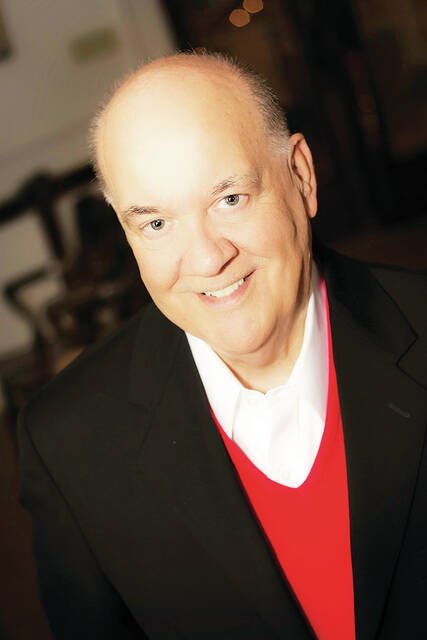
Years ago, entertainer Steve Martin wrote about the famous Diarrhea Gardens of El Camino Real in his celebrated book, “Cruel Shoes.”
“Outside San Diego, just across from the old mission, there sits a plot of land of particular beauty, the famous Diarrhea Gardens of El Camino Real. The Indians found the Diarrhea Gardens in 1573 when they first ate the food of the white man. Later, when missionaries tried to rid the Indians of their customs and traditions, they spared the Diarrhea Gardens because their removal was, to quote Father Serra, ‘piled high with difficulties’. When Californians rediscovered the Gardens in 1952, everyone did their best to preserve the land. So, as it often is with areas of rare beauty, the Diarrhea Gardens still lie in the shade of the magnolia trees, and still give their aroma to the wafting sea breezes that head up the coast to San Clemente.”
Last week after the carnies tore down the rides at the fairgrounds and piled into their cars on the road to a different town, the Clinton County Agricultural Society closed the books on another successful fair. A day later, Brenda and I drove throughout the fairgrounds looking at the familiar sites of our childhoods.
We rode down the midway, remembering the once familiar vendors positioned under the grandstand, then circled the racetrack in the final leg to the horse barns.
As we entered the backstretch, I noticed an enormous pile of horse manure, reminiscent of the Diarrhea Gardens of which Steve Martin wrote. The mound of dark compost was easily 20 feet high, and steam was rolling off the top.
“Brenda, did I ever tell you how I enriched the grass at our new home in Sabina years ago?” I asked.
The new home had been the first one built by Dick Rolfe, long before Mays Drive and San Mar Gale came along. In the rear of the house was a vast cornfield, and the front yard consisted of a barren plot of land where grass needed to grow.
The yard was too large for sodding, at least for our limited budget, and sowing new grass would require long-term watering to nourish and sustain the seeds. I needed an innovative and expedient way to grow grass.
I read several landscaping manuals and discovered nothing that matched our immediate need. I then sought out an old Farmer’s Almanac, which suggested a vintage method of growing grass: The article suggested topping the seed with a thin layer of manure and keeping it moist.
I had many farm friends but didn’t know who to ask for the magic ingredient. Then I remembered the large mound near the horse barns at the fairgrounds.
The late Earl Fisher, owner of Fisher’s Funeral Home at the time, owned racehorses, and if I recall correctly, he would occasionally get in the sulky himself.
Wasting no time, I contacted Earl and asked him if I could have a load of the horse fertilizer. “Take all you need,” he said with a smile.
After telling my brother Jim about my idea, soon he was backing his pickup up to the enormous pile, and we both shoveled the rich compost and straw for a couple of hours until the pick-up was loaded to the brim.
We drove back to our house and spent several more hours spreading the mixture on the freshly sown grass seed.
Within four days, there were the first signs of grass sprouting. In fact, the grass grew so quickly, the late Barth Littleton stopped on the way to his farm to ask how the new grass had grown so fast. I told him my secret.
Our good neighbor, Bob Morgan, came across the street and asked the same question. After explaining my technique, Bob said he noticed something was in the air but couldn’t quite put his finger on it.
“Have you ever heard of the Diarrhea Gardens of El Camino Real?” I asked. Bob shook his head.
It’s along the same principle of a custom handed down from missionaries somewhere near the ocean in California, I told him.
“Good luck,” Bob said, as he took in the aroma. “I sure hope it rains soon.”
As the rains came, the grass began to raise its head, and the new lawn on South Howard began to produce a bit of magic.
And to this day, the property is known to the old timers in the neighborhood as “Summer Wind.”
Pat Haley is a Clinton County native and former county commissioner and sheriff.
His book, “Around the Fire: Stories from Here and There” — comprised of his nonfiction stories in the News Journal through the years — is available through the Clinton County History Center in Wilmington, or you can reach Pat directly at 937-205-7844 or via email at [email protected] to purchase a copy.


